Colors You Love Say A lot About YOU! | 3 Tips to Improve Your Mood | Jada Jackson LMHC
Have you ever heard the saying, “If you look good, you feel good”? Well some research is now showing that very well could be true. Specifically, the subject of bright colors and their effect on our mood is a topic of discussion. Perhaps an easy solution or alleviation to common problems of feeling blue, or even as serious as depression, has been in our closets all along.
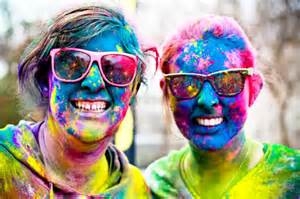 I have always loved bright colors. For as long as I can remember, my favorite color has been rainbow. I just adore the mixture of every bright hue coming together and making that array of beauty. What if those colors have helped me stay a little happier on gloomy days, serve as a buffer against stress, and just feel good overall? Studies show that those are very real effects bright colors can have on one’s mood.
I have always loved bright colors. For as long as I can remember, my favorite color has been rainbow. I just adore the mixture of every bright hue coming together and making that array of beauty. What if those colors have helped me stay a little happier on gloomy days, serve as a buffer against stress, and just feel good overall? Studies show that those are very real effects bright colors can have on one’s mood.
Really, when you think about it, color and mood are absolutely linked. If you put on a sultry red dress, you feel sexy; if you wear a yellow rain jacket on a rainy day, you’re going to feel better than it looks outside!
Leslie Harrington from The Color Association of the United States says the following:
“We react on multiple levels of association with colors—there are social or cultural levels as well as personal relationships with particular colors…when you look at red, it does increase your heart rate. It is a stimulating color. This goes back to caveman days of fire and danger…”
So if our reaction to color and its inexplicable effects on our moods dates back to prehistoric days, could color therapy be a possibility in the future? I think practicing therapists ought to consider it, if they haven’t already.
It’s a very real factor in how we feel—the colors around us and the ones we wear. Think about it: if you’re in a room that’s completely white, bleak and plain, with no vibrancy or sign of stimulation, you’re going to feel bored, the very opposite of cheerful, and if you’re already feeling a little blue this environment could hurt.
This could explain why so many high school students fail to rise to their full potential and reveal feelings of boredom in class—completely stark rooms may the defining cause. In contrast, put yourself in a room full of pops of radiant colors and your mood will be strikingly different! How could it not be? Surrounded by all types of tones, some evoking innate responses, others of memories and learned responses, your mind will react to these colors—more often than not in a positive way. Here are some ways you can use color in your everyday life to boost or improve your  mood!
mood!
- If you need to relax, try wearing blue!
Harrington says, “Psychologically, blue is the opposite of red—it lowers blood pressure.” For tranquility, try choosing light pastels and subtle tones.
- Are you yearning to be refreshed? Look to the color green.
Green is naturally linked to the environment, which can help you achieve that sense of being refreshed—it is associated with growth. Harrington elaborates: “Green ranges from old traditional English libraries in a dark hunter green where you can sit down, concentrate, and read, to a spring-like yellow-based green, which symbolizes new birth or new growth—the beginning of something.”
- Need a boost of motivation? Orange is the color to turn to.
The second color of the rainbow stimulates action, even creativity.
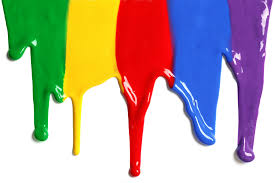 Who knew that something as simple as choosing a yellow mini skirt instead of jeans can improve the way you feel? Did you ever think about the reason why that little black dress is your go-to when you are going to a formal event and need to achieve that regal or elegant feel? Our brains recognize it as a color of high-class. Not to mention the fact that black is a slimming color, so especially for ladies, it can automatically be a boost in mood and confidence!
Who knew that something as simple as choosing a yellow mini skirt instead of jeans can improve the way you feel? Did you ever think about the reason why that little black dress is your go-to when you are going to a formal event and need to achieve that regal or elegant feel? Our brains recognize it as a color of high-class. Not to mention the fact that black is a slimming color, so especially for ladies, it can automatically be a boost in mood and confidence!
AUTHOR: Jada Jackson, MS, LMHC – Communicator, Coach & Licensed Mental Health Counselor provides Dallas Anxiety Counseling Services. If you are struggling with anxiety and interested in Dallas Anxiety Therapy Services you can reach Jada at: (469) 757-5215
Author: Emily Simpson (Intern)
References:
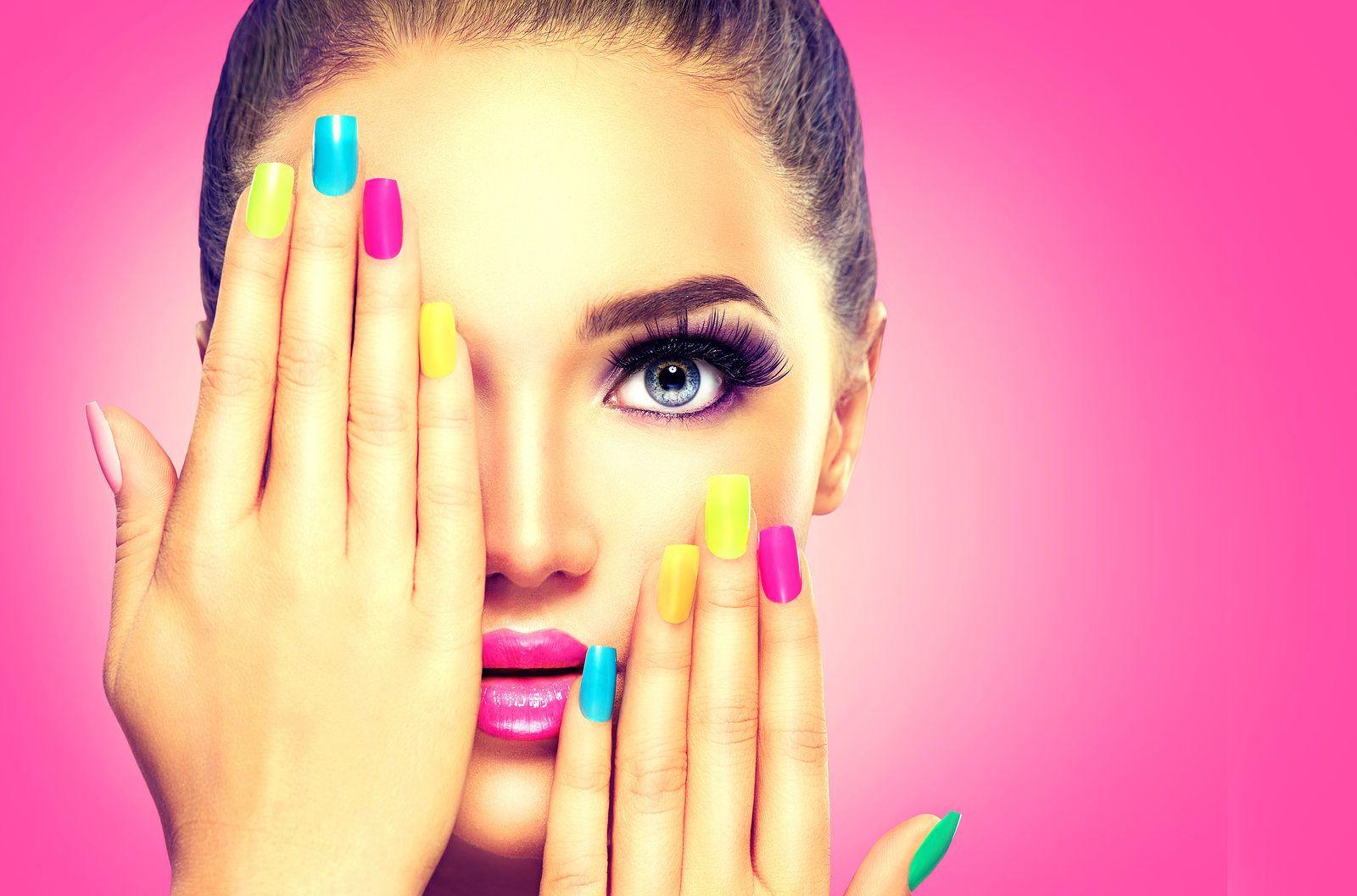
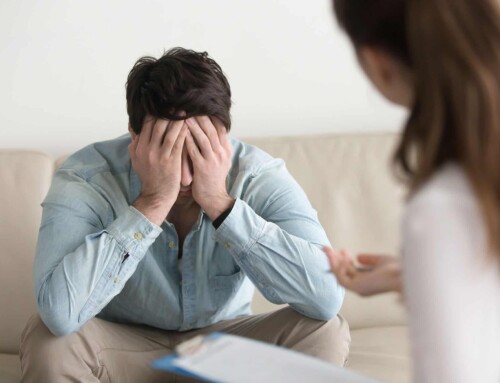
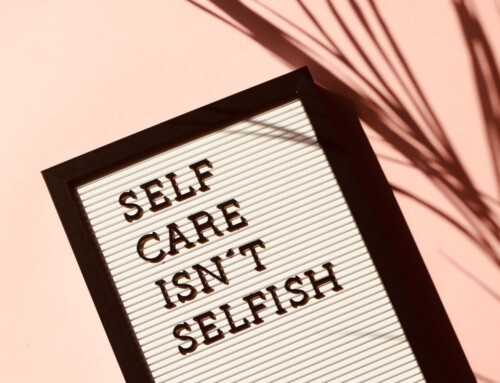

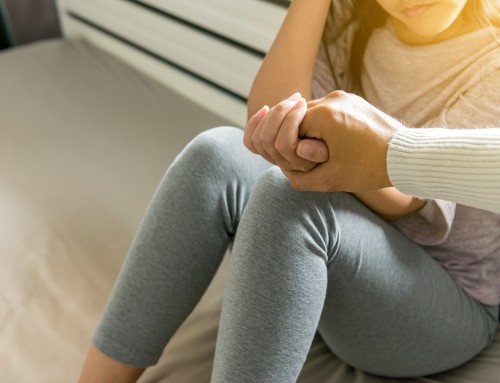

Leave A Comment